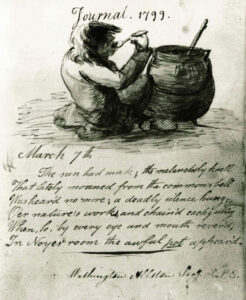Over two centuries later, the Pudding continues as a cornerstone of the Harvard experience and is the source of lasting friendships. The oldest social club in the United States, the Pudding boasts a distinguished membership, including five U.S. Presidents (John and John Quincy Adams, Theodore and Franklin D. Roosevelt, and John F. Kennedy), William Randolph Hearst, Jack Lemmon, and many other luminaries in entertainment, academia, politics, business, and public service.
Throughout the years, the Club has continued to attract a dedicated membership that carries on our many special traditions including weekly Members’ Nights, Lecture Lunches, Charity Night and Service Days. The Hasty Pudding Club is the only co-ed social institution on Harvard’s campus that accepts members from all four classes.
There is no other collegiate organization quite like it in the world.




